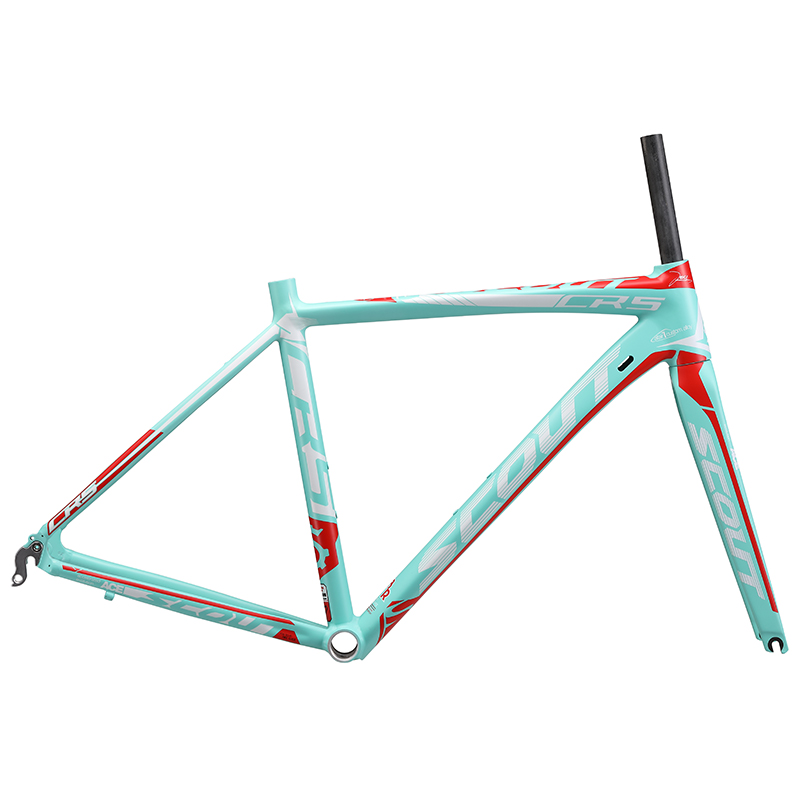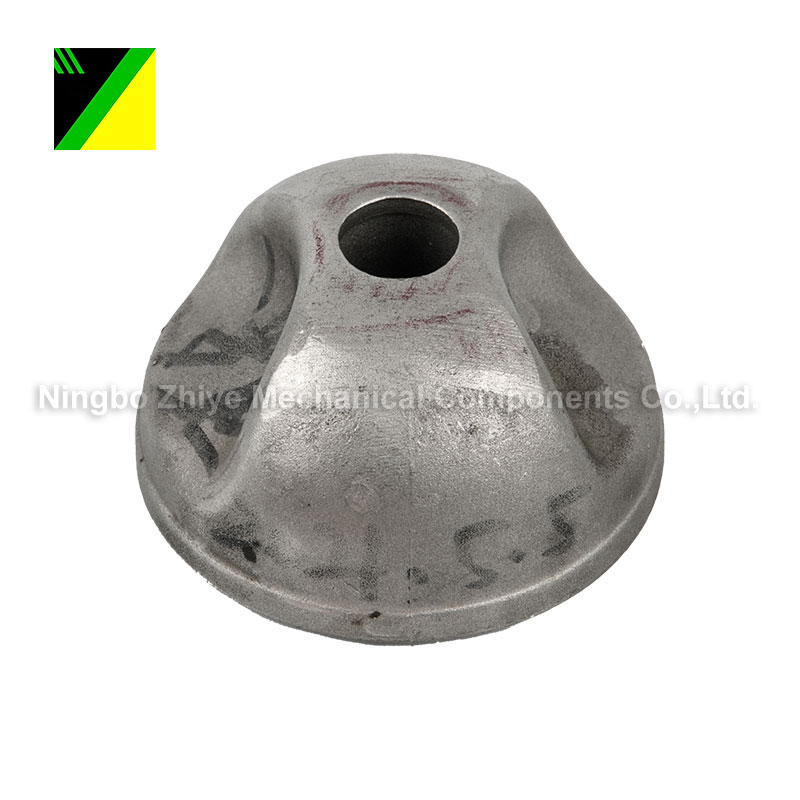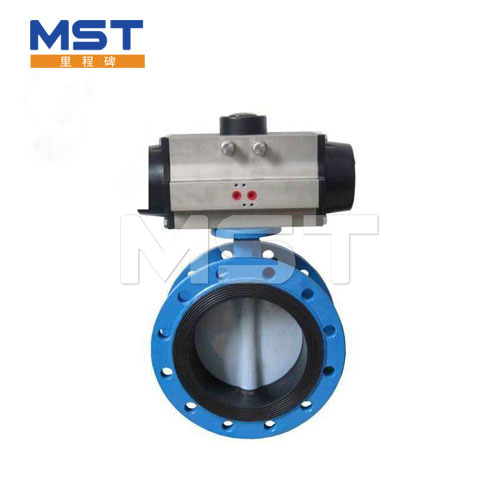Road Bicycle Frame
A road bicycle frame is the main structural component of a road bike, providing the foundation and support for all other parts and components. Here are some key aspects and considerations regarding road bicycle frames:1. Frame Material: Road bike frames can be made from various materials, each with ......
Send Inquiry
Product Description
A road bicycle frame is the main structural component of a road bike, providing the foundation and support for all other parts and components. Here are some key aspects and considerations regarding road bicycle frames:
1. Frame Material: Road bike frames can be made from various materials, each with its own characteristics and properties. Common frame materials include:
- Aluminum: Aluminum frames are lightweight, stiff, and relatively affordable. They offer a good balance of performance and cost-effectiveness for road bikes.
- Carbon Fiber: Carbon fiber frames are lightweight, strong, and offer excellent vibration damping properties. They can be molded into various shapes, allowing for aerodynamic designs and ride comfort. Carbon frames tend to be more expensive than aluminum.
- Steel: Steel frames provide a smooth and comfortable ride due to their inherent flexibility and vibration absorption. They are durable and have a classic aesthetic but tend to be heavier compared to aluminum or carbon frames.
- Titanium: Titanium frames offer a combination of strength, durability, and light weight. They have excellent fatigue resistance and a distinctive appearance, but they tend to be more expensive than other materials.
2. Frame Geometry: Road bike frames come in different geometries, which determine the bike's riding position, handling characteristics, and intended use. Common geometries include:
- Racing Geometry: These frames have a more aggressive and aerodynamic position, with a lower handlebar position and shorter wheelbase. They are designed for speed and efficient power transfer.
- Endurance/Gran Fondo Geometry: These frames have a more relaxed and upright riding position, providing increased comfort for long-distance rides. They typically have a longer wheelbase for stability.
3. Frame Size and Fit: Choosing the right frame size is crucial for a comfortable and efficient riding experience. Frame sizes are typically measured in centimeters and correspond to the length of the seat tube or top tube. It's essential to consider factors such as your height, inseam measurement, and personal riding preferences when selecting a frame size.
4. Frame Features: Road bike frames may include various features to enhance performance and versatility, such as:
- Aerodynamic Design: Some frames incorporate aerodynamic tube shapes, internal cable routing, and integrated components to reduce drag and improve speed.
- Disc Brake Compatibility: Increasingly, road bike frames are designed to accommodate disc brakes for improved braking performance and modulation.
- Tire Clearance: Some frames offer increased tire clearance to accommodate wider tires, allowing for more versatility in road conditions and the ability to tackle rougher surfaces.
- Mounting Points: Frames may have mounting points for accessories such as water bottle cages, racks, fenders, or storage bags, adding versatility for commuting or touring purposes.
When selecting a road bicycle frame, it's important to consider your riding style, goals, budget, and personal preferences. It's recommended to consult with a knowledgeable bike shop or professional bike fitter who can help you choose the right frame material, geometry, and size based on your specific needs and body measurements.










